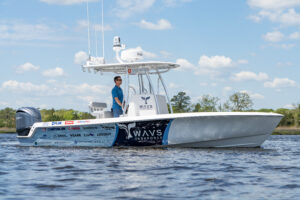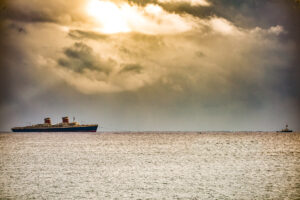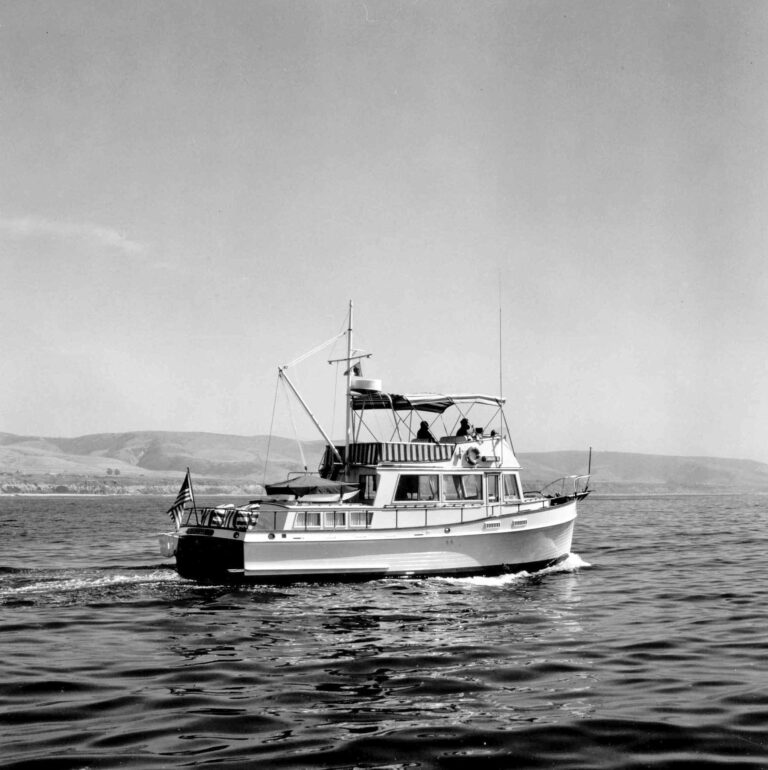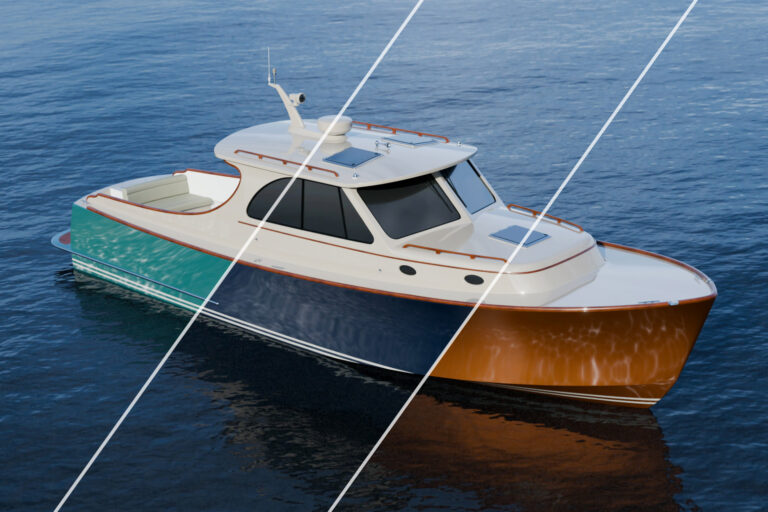Video has emerged of Sunday’s capsize-upon-launch of an expedition yacht in Anacortes, Wash., which offers a front-row seat for watching the calamity unfold in slow motion.
Clearly, the launch was troubled before the hull ever touched the water.
The video comes courtesy of YachtVid.com.
The former project manager of a $10 million expedition yacht that capsized upon launch on Sunday said he raised concerns about the method the builders intended to use to launch the 85-foot vessel.
“… [O]n September 16, 2013, I informed the shipyard manager that I had some grave concerns about the dolly system used to move the ship. I conveyed that I firmly believed another system or method of transport would be needed to safely launch (Blood Baron) Baden,” Aaron Pufal, who supervised the yacht’s construction until December, wrote in a May 19 blog post.
Six people escaped serious injury when the newly designed yacht, built by Northern Marine Industries, rolled and capsized immediately after it was launched in Anacortes, Wash. Most of the workers on board were easily rescued, but one man was trapped inside and had to be cut out through the hull.
Pufal, who said he was to serve as captain of the vessel for a planned circumnavigation by the owner, said he noticed some possible balance issues when the boat was moved during construction, and he brought in an engineering firm to perform a stability study of the yacht.
“My reasoning, which I believe to be sound, was to engineer this boat past any possible failures and ensure the complete comfort and safety of both passengers and crew alike,” Pufal wrote in his blog, The Yacht Captain’s Blog. “I needed to make absolutely certain that this vessel had no Achilles’ heel or any weak points whatsoever.”
Last July, after the stability analysis by Roddan Engineering that he commissioned, Pufal said a report from Roddan indicated that additional ballast was also recommended to improve stability.
“The results indicate that the vessel is lighter than other Northern Marine builds of similar length (based on the results of the weighing), thus requiring more ballast to sit on a desired waterline. It is recommended that partial ballasting be done currently, with final ballasting for trim and desired waterline to be performed at launch,” reads the Roddan report Pufal posted on his blog.
Pufal said he was asked by the owner to step aside on Dec. 15 and allow others to finish the nearly completed project.
“Were my recommendations noted or considered before launch? Why did this happen? Why didn’t the new project management team heed my warning or the stability study and my concerns? What could have been done to prevent this terrible mess?” Pufal wrote in his blog. “I can say without ego or hubris that I feel if I had been still involved with this project in a leadership capacity, this launch accident would never have happened.”










